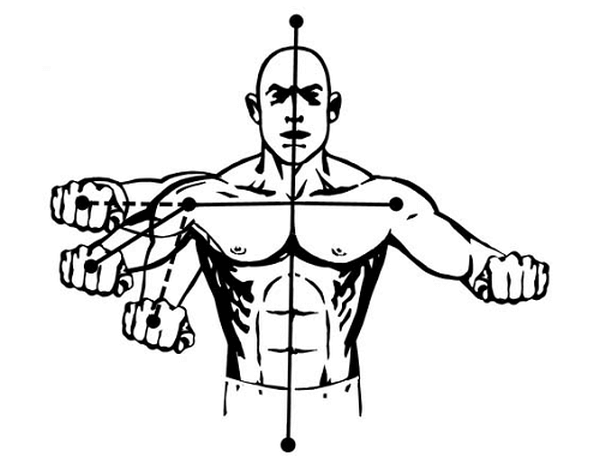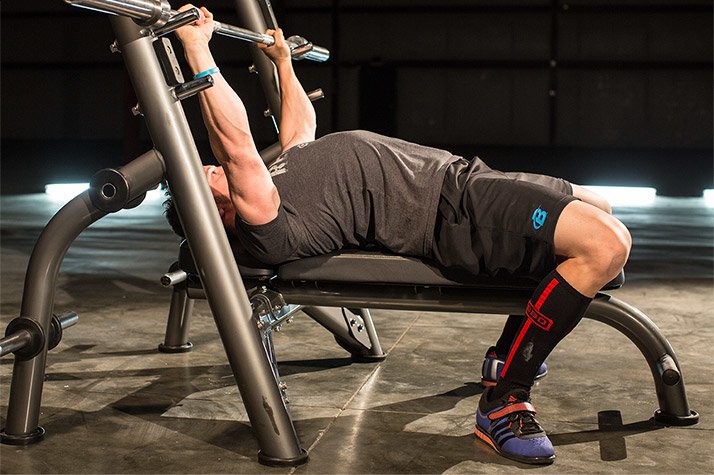If you’re a regular gym goer, chances are you’re invested in improving your bench press. Being one of the BIG 6 lifts and a go-to exercise in most gym programs, good (or bad) form on bench press can determine whether you get big and strong, or whether you risk injury and plateauing.
Here’s 6 steps to building a stronger, safer and more efficient bench press.
*The steps below apply to incline, flat and decline bench press
#1 Hand position
Hand position is important for a number of reasons, the main one being it determines which muscle groups take the majority of the load on each rep.
Too wide and you’ll incorporate too much delts (shoulders) and put a lot of stress through the shoulder joint.
Too narrow and you’ll be using too much tricep and not getting enough stimulation of the chest.
The most effective hand position I’ve found is just outside shoulder width, usually a hand width outside of the ‘smooth’ part of the barbell.
#2 Elbow position
The elbow position will also determine whether or not you’re risking injury by putting too much stress through the shoulder joint which also takes away from the pecs on each rep.
Instead of having your elbows at 90 degrees, try changing to 45 degrees (the middle position in the picture below) which allows for a safer position of the shoulders and puts more emphasis on the pecs throughout the movement.

#3 Anchor your feet and shoulders
Having your feet up on the bench is a big no no. It eliminates any support and stability from the core and lower body and also makes it 10x harder to maintain shoulder stability throughout each rep. In saying that, shoulder stability is extremely important on bench press.
So what’s the solution? Anchor your feet into the ground, lift up through the bottom of the rip cage and force your shoulder blades down into the bench.

The stronger you are through your back, the stronger you’ll be through your chest.
It’s not necessary to go full ‘powerlifter’ style, but it is important to get your body position and anchor points right before you begin each set.
#4 Bend the bar
Not literally, but that’s what you should be trying to do. Every rep I’m thinking of bending my little fingers closer together. This allows me to get a perfect shoulder position on the bench and fully engage my pecs on each rep. The result? More tension in the chest on every single set.

#5 Learn how to breathe
It seems simple, yet so many people get it wrong.
On every rep you should be taking a deep inhale before you begin the eccentric phase (the way down), holding onto it until the bar is on it’s way up where you will then exhale and repeat. By taking a deep breath before each rep you create a significant amount of internal tension through your core. This is often referred to as ‘keeping tight’ during the rep.

#6 Build stronger triceps
The primary muscles on a bench press are the pectoralis major and minor (chest).
The secondary muscle is the tricep.
A weak bench press is often due to a lack of tricep strength and/or size, not so much a weak chest. Common sense would suggest increasing the strength of your triceps to aid the chest throughout a bench press.
The ‘lockout’, which is the top part of the rep is where the triceps take a lot of the load. By progressively overloading your strength training on triceps you will be taking a step in the right direction to improving your strength and efficiency on the bench press.
If you found this post helpful and think others could also benefit from it, feel free to share it with your friends through social media. Also if there’s any other tips you’ve found to help you improve your bench press that I’ve missed, leave a comment below.


